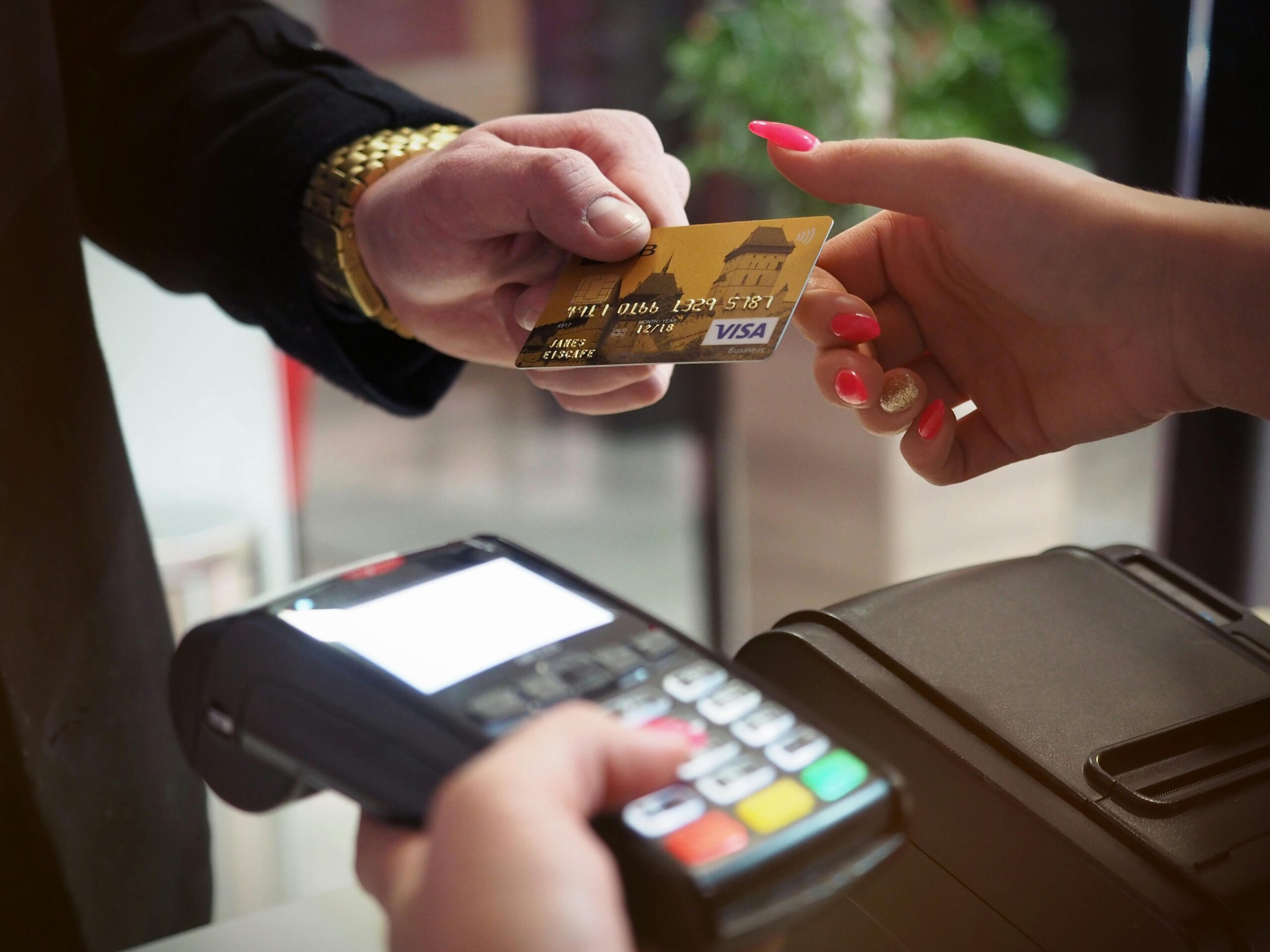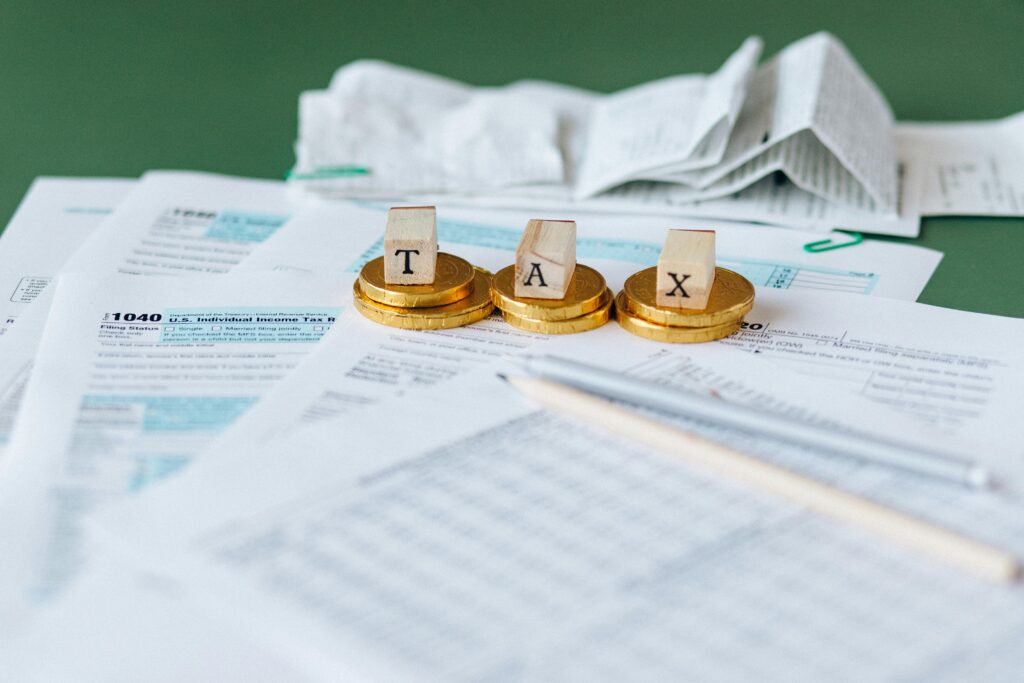Ever bought something online, only to realize it was a dud—and your credit card return protection didn’t cover it? It’s infuriating. You’re stuck with the item, and worse, you might even have to pay restocking fees. But why does this happen? Often, it’s because of “Excluded Categories.” These sneaky little loopholes in your credit card policy can leave you high and dry. In this post, we’ll dive into what these excluded categories are, how to navigate them, and ensure you’re not caught off guard next time you shop.
Table of Contents
- Key Takeaways
- Why Excluded Categories Matter for Return Protection
- Step-by-Step: How to Identify Excluded Categories
- Tips & Best Practices to Maximize Your Coverage
- Real-Life Examples of Exclusions Gone Wrong
- FAQs About Credit Card Return Protection
Key Takeaways
- Credit card return protection often excludes specific categories like perishable goods, digital downloads, and luxury items.
- Understanding your card’s policy is crucial to avoid surprises when filing claims.
- Proactive strategies like keeping receipts and reading fine print can save you from headaches later.
Why Excluded Categories Matter for Return Protection
I once bought an expensive blender that stopped working within two weeks. Excited to use my credit card’s return protection, I submitted a claim—only to find out blenders were considered “small appliances,” an excluded category. I ended up eating the cost. Sound familiar?

Infographic showing common excluded categories for credit card return protection.
Return protection benefits vary by issuer, but virtually all policies carve out exclusions. Typically, these include:
- Perishables: Food, flowers, or anything with a shelf life.
- Digital Goods: Apps, music, ebooks—you name it.
- Luxury Items: Watches, jewelry, and high-end electronics.
- Custom Orders: Tailored clothing, personalized gifts, etc.
“Optimist Me:” ‘Oh, my card will totally cover this!’
“Grumpy Me:” ‘Did you actually read the terms? Ugh.'”
Step-by-Step Guide: How to Identify Excluded Categories
If you want to avoid nasty surprises, follow these steps:
Step 1: Check Your Cardholder Agreement
Every credit card comes with a dense contract full of legal jargon. Search for sections labeled “Return Protection” or “Purchase Benefits” to locate details about exclusions. Pro tip: Use Ctrl+F (or Command+F on Mac) if viewing online.
Step 2: Call Customer Service
Sometimes, the fine print doesn’t spell everything out clearly. Pick up the phone and ask, “What are the excluded categories for return protection?” Write down their response.
Step 3: Keep Records
Take screenshots of relevant policy pages or save PDF copies of agreements. This way, you won’t have to dig through endless documents later.
Tips & Best Practices to Maximize Your Coverage
- Know Before You Buy: If you’re eyeing a luxury watch, check whether it falls under your card’s exclusions first.
- Use Retailer Policies: Some stores offer better return windows than your credit card company. Always compare.
- Avoid Terrible Advice: Don’t assume extended warranties or extra perks automatically mean comprehensive coverage—they rarely do.

Comparison chart highlighting retailer vs. credit card return policies.
Real-Life Examples of Exclusions Gone Wrong
Consider Sarah, who bought designer sunglasses during a flash sale. When they arrived scratched, she tried to file a claim—but her card denied it, citing “luxury accessories” as an excluded category. Then there’s Tom, whose custom-made guitar couldn’t be returned despite being defective; custom orders aren’t covered either.
FAQs About Credit Card Return Protection
What happens if my purchase falls into an excluded category?
You may need to rely on the retailer’s return policy instead, assuming time permits.
Can I dispute charges for excluded items?
Not usually unless fraud or misrepresentation occurred.
Do all credit cards exclude the same categories?
No. Policies vary widely, so always review yours carefully.
Conclusion
Excluded categories can trip up even savvy shoppers. By understanding your credit card’s return protection limitations—and planning accordingly—you can sidestep costly mistakes. Remember: A little due diligence goes a long way!
And hey, since we’re talking finance wisdom, here’s a quick haiku for ya:
Fine print whispers truths, Protect your wallet wisely— Read, then swipe with care.

